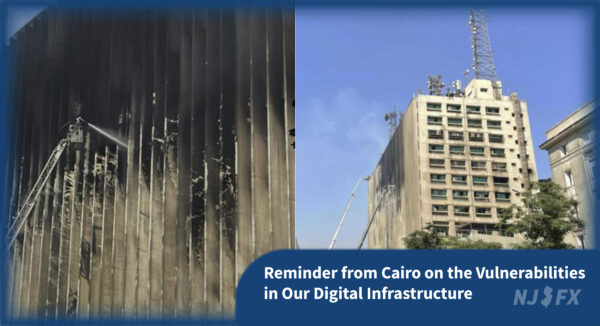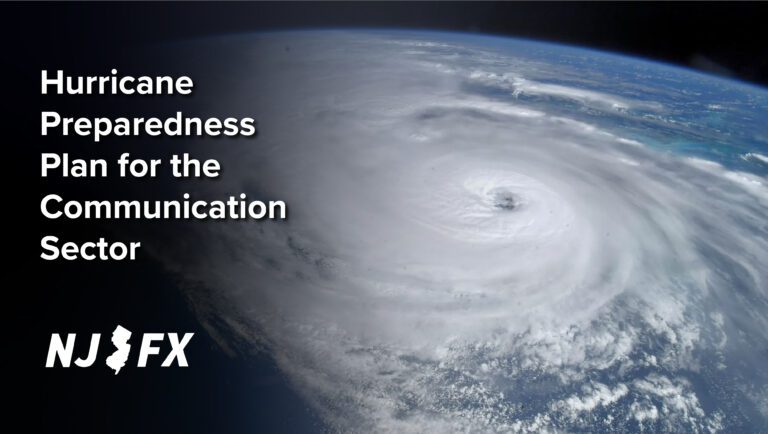A Sobering Reminder from Cairo on the Vulnerabilities in Our Digital Infrastructure
On July 7, 2025, a devastating fire broke out at Telecom Egypt’s Ramses Exchange building in Cairo claiming the lives of 4 employees and injuring at least 27 others. Our deepest condolences go out to the families and loved ones of those affected by this tragedy. We also extend our gratitude to the first responders who bravely worked to contain the blaze.

What Happened in Cairo
The fire erupted on the seventh floor of the 10-story Ramses Exchange building—one of Egypt’s most critical telecommunications hubs. It took more than 13 hours to fully contain the fire, which repeatedly reignited despite extensive firefighting efforts.
The Ramses Exchange is home to the Cairo Internet Exchange (CAIX) and acts as a central hub for domestic telecom providers and subsea fiber routes landing from Alexandria. In the aftermath of the fire:
National internet connectivity dropped to 62% of normal capacity.
Vital services were disrupted, including voice calls, online payments, financial transactions, and air traffic operations.
Emergency efforts were launched to reroute services and restore power, while authorities began investigating the cause of the incident, suspected to be an electrical short circuit.
This tragic event underscores a critical truth: our digital infrastructure has lifelines. Many central exchange points were not originally designed for today’s level of hyperconnectivity and scale. While legacy infrastructure remains foundational, it raises important questions about the need to build resilience by expanding away from choke points concentrated where disruption can have regional and global impacts. The goal must be to ensure networks remain uninterrupted, even in times of crisis.
From financial markets and healthcare systems to academic research and government operations, countless industries rely on these interconnected hubs. When they go offline, the ripple effects are felt immediately and broadly.
Planning for Resilience
Events like this must serve as a catalyst for the global community to rethink and reinforce the resilience of our core infrastructure. As demand for digital services increases and the stakes grow higher, we must build smarter, more secure, and more redundant systems.
Key considerations include:
1. Redundancy and Geographic Diversity
Critical facilities must have mirrored backups in separate geographic locations, enabling seamless failover in times of crisis.
2. Modernization of Legacy Infrastructure
Many telecom hubs are decades old. Retrofitting with advanced fire suppression systems, power management, and structural safety is essential.
3. Emergency Response Coordination
Proactive planning with local governments, emergency services, and network operators can minimize downtime and save lives.
4. Transparent Communication Protocols
Public updates and industry wide alerts are crucial to manage expectations, guide response efforts, and ensure continuity of essential services.
5. International Collaboration and Investment
Organizations like the ITU, World Bank, and regional telecom alliances must work together to fund and standardize resiliency practices.
The fire in Cairo is not just a local issue. It highlights the need for every country, every network operator, and every infrastructure provider to evaluate their risk, improve their redundancy, and develop plans that ensure continuity when disaster strikes.
Latest News & Updates
Stay informed with the latest press releases, industry news, and more.







